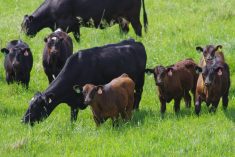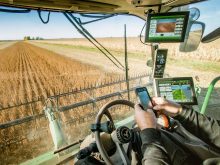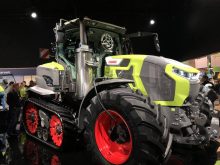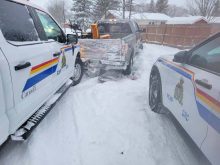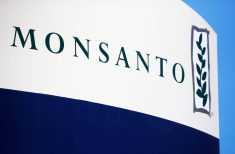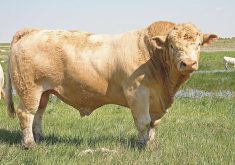Raven Brood Trout Station is an important community resource that few people know about.
“The main reason my hatchery is here is because in Alberta, we have a mountain of fishing effort and a mountain of fishing pressure and you have a tiny little resource,” said fisheries technician Brian Charles.
The business of ‘hens’ and ‘bucks’ (females and males) is under threat from many sources. Females lay eggs (‘reds’) in gravel and sedimentation, water temperature, and pollution can all disrupt the process. As well, trout eggs are soft during most of the hatching period and an angler wading through a spawning ground can unwittingly kill a whole year’s worth of fish. Humans have also destroyed or degraded much of their habitat, and there are now invasive species taking their toll.
Read Also

Grazing ‘sweet spot’ boosts pasture performance
Timing-focused approach to pasture management touted to boost forage growth, livestock gains while also cutting farmer labour and inputs
Hence the need for a hatchery, said Charles, who works for Alberta Environment and Parks.
“We can take a lake that normally wouldn’t support a sport fishery and we can add a fish to that, so that people can go fishing there, and take the pressure off of the wild, native species stocks,” he said.
“We’re managing resources because they have value and they need to be there for future generations. We want to have fish in our future because that’s what it’s all about.”
The Raven Brood station has two buildings that can produce 1.6 million to 2.3 million eggs in a single season. Those eggs go to facilities in Calgary or Cold Lake, where they are raised to the point that they can reproduce in the wild.
The station was created in 1925 when area game warden Garfield Thompson noticed wild fish stocks were declining. Charles, who has been at the station since 2010, said he was immediately captivated by the importance of the work.
“I went through a walk through history, and I got caught by the bug,” he said. “I was already passionate about fish, but I got caught by the bug of what Raven is and why it’s here.”
The station raises rainbows, brooks, and occasionally brown trout. It and another brood station (in Allison Creek) support the Bow Habitat station in Calgary, the Cold Lake hatchery and the walleye program in northeastern Alberta.
The goal is to raise fish that are “catch ready,” which can take eight to 18 months.
“When I say that, I’m talking about people who want to catch that fish and take it home and eat it,” he said.
The brood stock station has fish of different ages. Rainbow trout, for example, aren’t mature enough to produce until they are three, and only produce 1,000 to 1,500 eggs at that age.
“Once they’re a four-year-old and a five-year-old fish, they’ve got it figured out and now they’re producing 6,500 eggs per fish and I don’t have to work as hard,” said Charles.
The production sheds include two circular tanks, which help concentrate all solids into the centre and reduce the need for cleaning.
“The flow access is better, fish have more competition, they swim and they’re happy,” he said.
Charles did his fall release earlier this month at Twin Lakes, Phyllis Lake, and Ashland Reservoir. Every trout is released by hand, and Charles is always looking for people who are willing to help.
“Meet me at the lake and I’ll put you guys to work,” he told the people on a recent tour.
Mid-September is about the earliest he can release fish as lakes are too warm in summer.
“As long as the temperature is above 4 C and below 20 C, we can stock fish, but if we’re outside those parameters, it’s a no-go.”




